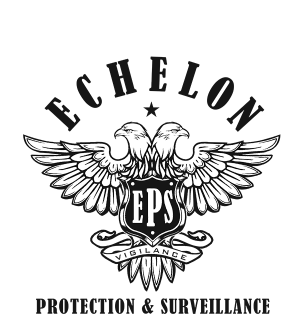 Public spaces, by their very nature, are places where people from diverse backgrounds and temperaments converge. While most interactions are peaceful, instances of aggressive behavior can occur, posing challenges to both security personnel and the general public. Understanding how to effectively deal with such situations is crucial for maintaining safety and order in these spaces.
Public spaces, by their very nature, are places where people from diverse backgrounds and temperaments converge. While most interactions are peaceful, instances of aggressive behavior can occur, posing challenges to both security personnel and the general public. Understanding how to effectively deal with such situations is crucial for maintaining safety and order in these spaces.
Recognizing the Signs of Aggression
The first step in managing aggressive behavior is recognizing its early signs. These can include loud and rapid speech, physical posturing, or invasive body language. Early identification allows for a quicker response, potentially de-escalating the situation before it escalates into violence.
Importance of De-escalation Techniques
Once aggressive behavior is identified, employing de-escalation techniques becomes essential. These techniques involve maintaining a calm demeanor, using non-confrontational body language, and speaking in a soothing tone. The goal is to reduce the intensity of the situation and engage the individual in a more constructive manner.
Training and Preparedness
For security personnel, regular training in conflict resolution and crisis management is vital. This training should include role-playing scenarios that simulate real-life situations, providing personnel with the skills and confidence needed to handle aggressive behavior effectively.
Communication is Key
Effective communication plays a pivotal role in de-escalating aggressive situations. It involves actively listening to the aggrieved individual, showing empathy, and trying to understand their perspective. Often, people exhibiting aggressive behavior just want to be heard and acknowledged.
The Role of Bystanders
Bystanders can also play a role in managing aggressive behavior. They should be encouraged to maintain a safe distance, avoid engaging directly with the aggressive individual, and contact security or law enforcement if the situation escalates.
Utilizing Surveillance and Monitoring
In public spaces, surveillance systems and monitoring can help in early detection of aggressive behavior. Cameras and security patrols can identify potential conflicts before they escalate, allowing for a timely response.
Legal and Ethical Considerations
When dealing with aggressive behavior, it’s important to consider the legal and ethical implications. Security personnel must understand the boundaries of their authority and the rights of individuals. Physical intervention should be a last resort and always in compliance with legal standards.
Creating a Safe Environment
The design of public spaces can influence behavior. Well-lit, open areas with visible security presence can deter aggressive behavior. Additionally, having clear signage that outlines acceptable behavior standards can set the tone for public conduct.
Collaboration with Law Enforcement
In situations where aggressive behavior escalates beyond control, collaboration with local law enforcement is crucial. Security personnel should be trained in when and how to involve police to ensure a swift and appropriate response.
After Incident Review and Learning
After an incident of aggressive behavior, conducting a review is important. This process involves analyzing what happened, what was done to resolve the situation, and what could be improved. Learning from each incident ensures better preparedness for future occurrences.
Conclusion
Dealing with aggressive behavior in public spaces requires a combination of vigilance, communication skills, and empathy. Security personnel must be well-trained in de-escalation techniques, and public spaces should be designed to promote safety. By understanding and effectively managing aggressive behavior, we can ensure that our public spaces remain safe and welcoming for everyone.


